Bill Peters was thrilled with the elk he’d just taken. It wasn’t huge, but a nice 5 by 5. It had been quartered, hung in Caribou Gear Game Bags under a shady spruce tree behind camp with the antlers hanging beside the meat. Camp was nestled in a grove of trees near the public forest road.
A pickup full of hunters drove by, and they spotted the bull. They got out to look at it.
“Shot him through both lungs,” Bill said proudly. “The arrow went right through him.”
“What kind of bow did you use?” a man asked?
“A crossbow,” Bill said.
“That ain’t a real bow,” the man said. “That’s just a bow mounted on a rifle stock. Anybody can shoot those things with almost no practice. And it’s not called an arrow. It’s a bolt. You guys shouldn’t be allowed to hunt with crossbows during the archery season. It’s not fair.”
Bill searched for words to say, but he said nothing. His buddy had heard the conversation and walked out from the tent. The look on his face wasn’t pleasant. He was mad.
“Let it go,” Bill said to his pal. “This guy is just jealous.”
The hunters left, but Bill was still troubled. That dude had thrown cold water on his parade. Bill chalked it up to jealousy, but it still bothered him. Was he really unfair?
Traditional bowhunters use a longbow. This is the forerunner of all modern bows. Many longbow hunters make their own bows and arrows. Fred Bear, called the Father of Bowhunting, came along and introduced his semi- recurve to the hunting world. I had one, including most of my pals who enjoyed bowhunting. Compound bows and modern crossbows later made the scene, and believe it or not there are guns that shoot arrows, though they’re banned for hunting in most states.

As each new bow hit the market there was much whining and moaning. Hunters who used older style bows complained that modern bowhunting was too easy. Modern hunters countered by saying that improved accuracy and arrow speed was more humane since fewer animals were lost. And then came bowsights, lighted arrow nocks, a variety of broadheads and many other accessories.
The same was true with firearms. Flintlock muzzleloaders, for example, came first, followed by percussion guns. Later on, in-line muzzleloaders joined the black powder family. The bickering continued as the in-lines were developed to the point where they were far more accurate at greater distances than the older style black powder rifles. I don’t know how many times I’ve heard hunters say: “those modern muzzleloaders aren’t in the same league with the rest. They can shoot 200 yards.” When I first started fooling with flintlock and percussion guns, 100 yards was considered a long shot. Technology also introduced speed loaders, improved barrels and powders, and all sorts of bells and whistles.
And then came one of the biggest controversies of all, one that perhaps dwarfs all others- long range rifles. Nowadays you can buy a gun and scope and shoot an elk at 1,000 yards or more. There are hunters who love this style of hunting and those who hate it.

So what’s all the big fuss about? Who cares if hunters complain about other hunters? Isn’t it natural to whine and snivel about new technologies that are different than ours? Fact is, these arguments don’t go unnoticed by the anti’s. They love it when we quarrel, no matter how minor the issue, and they use those disagreements against us. Anything that makes hunting easier or more comfortable is music to an anti’s ears.
Another issue is the sour grapes attitude between DIY public land hunters and those who choose to hire an outfitter or pay to hunt private land. DIY (Do It Yourself) hunters typically consider themselves to be more savvy and physically capable of different hunt scenarios, especially if they’re hunting mountain country. Many believe that the paying hunter is from an urban area and needs to follow a guide or have deep pockets to afford a private land hunt. That’s not necessarily true, but widely perceived.
One of the biggest controversies swirl around auctioned hunts where very well- healed hunters bid against each other for a tag. Some of those bids approach half a million dollars. Is it fair for one person to “buy” an expensive hunt and, with cooperation from the wildlife agency, be allowed to hunt any unit in the state, and in some cases when the seasons are normally closed? The states defend the practice because most, if not all the money from the auction goes directly into state coffers to manage that auctioned species. Even so, many hunters believe that money talks, and only millionaires can afford that tag.
The issue of nonresidents being required to pay far more for big game tags than residents has been hotly contested as long as I can remember (though my first nonresident Colorado elk tag in the 1960’s cost $50.) In most western states, a nonresident elk tag approaches four figures or more, while residents typically pay less than $100.

There’s an interesting take on this issue. People seem to be jealous of others who are from different areas. For example, a hunter who lives in rural Utah isn’t happy when hordes of hunters from Salt Lake City invade “their” countryside. The same holds true with small-town residents in Colorado who see the masses from Denver descending on their areas. And so on. More hunters against hunters.
Social media provides a public window into hunting that is shared widely, much of it into devices viewed by anti- hunters. All sorts of images are posted that can be used against us. Those images may be acceptable and understood by hunters but easily twisted and manipulated to make us look bad.
These issues and many others may seem trivial but at second glance they’re divisive. We hunters make up around 4% of the population in the US. Seems to me that we hunters need to band together to fight the real enemy that want hunting gone for good.


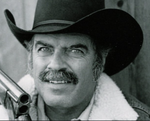





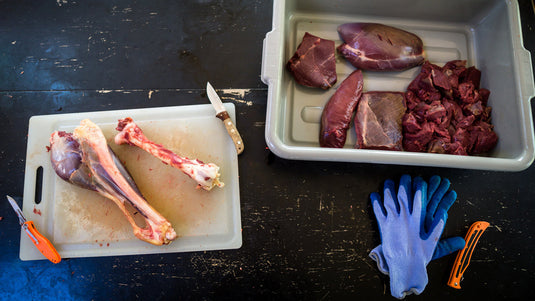
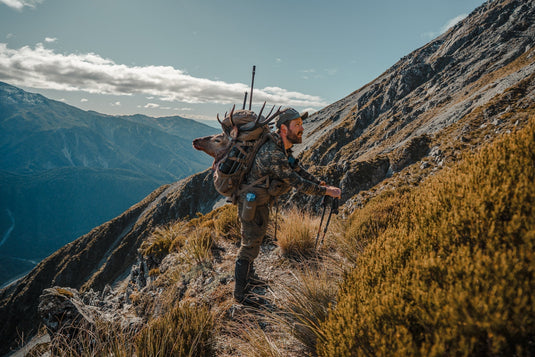
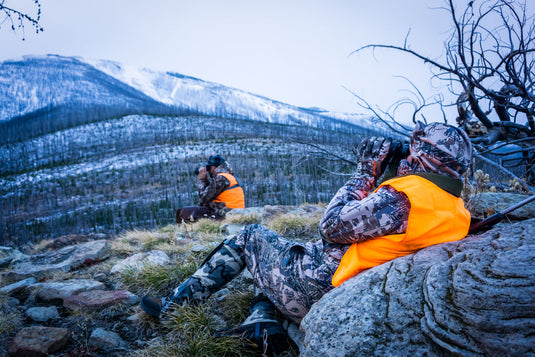
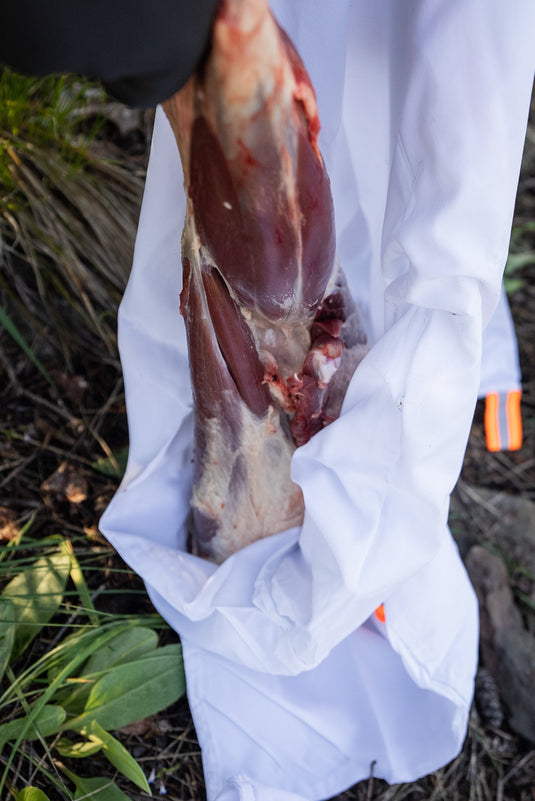
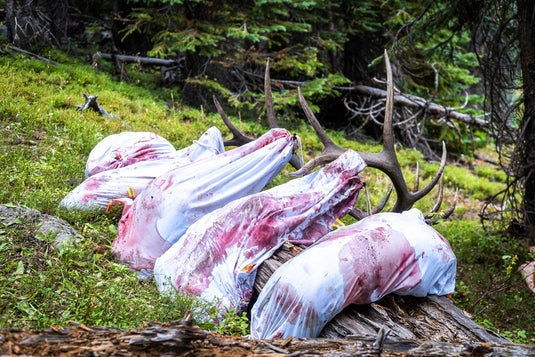
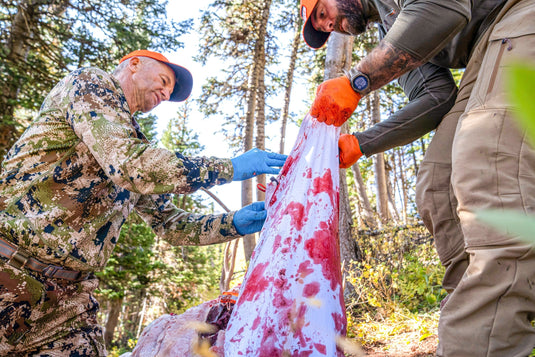
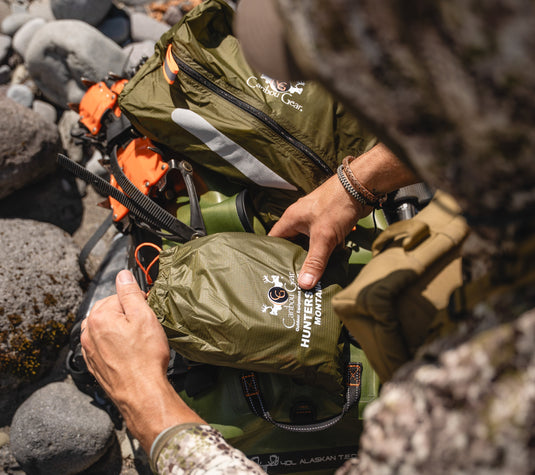
I really appreciate Jim’s point of view and insights on hunting and firearms.